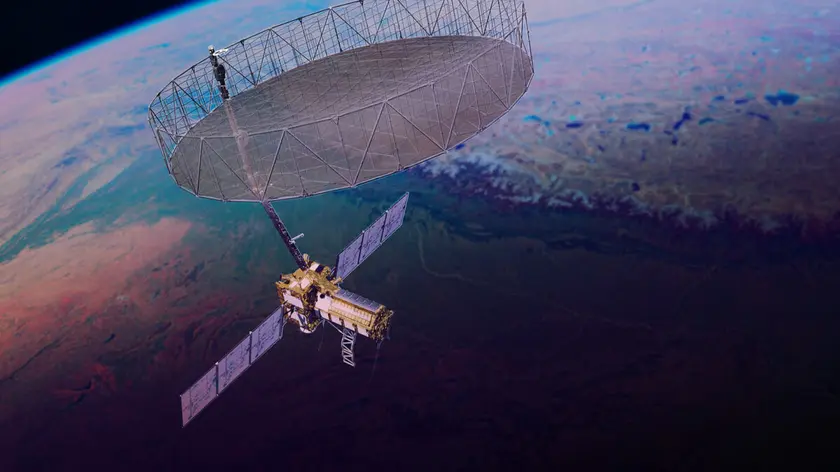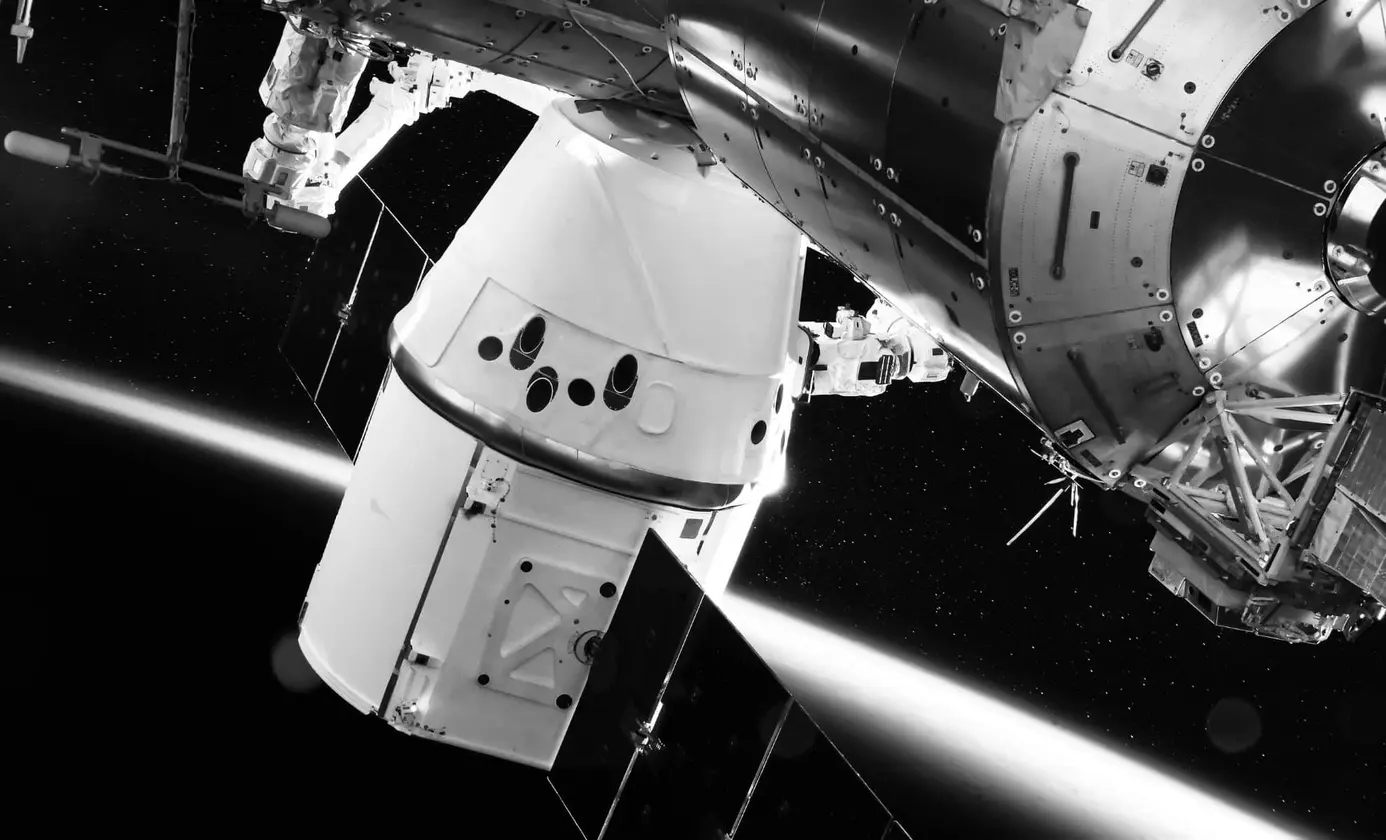T4K3.news
NISAR antenna deployment complete
NASA and ISRO confirm full bloom of the 39-foot radar reflector in orbit.

NISAR will scan nearly all of Earth's land and ice surface twice every 12 days.
Satellite Blooms Record Size Antenna in Space
A NASA ISRO joint mission, NISAR, has deployed its giant radar antenna after launch on July 30 from Satish Dhawan Space Centre in India. The 39-foot (12-meter) reflector, the largest reflector NASA has flown, unfolded through a careful sequence of joint-by-joint movements and a burst of small explosive bolts that locked the structure in place. It took four days for the boom to fully extend before motors and cables finished the bloom process, a milestone engineers described as critical to the mission's success.
NISAR carries two synthetic aperture radar systems, L-band from NASA and S-band from ISRO, to image Earth in three dimensions with high detail. The L-band radar can see through clouds and forest canopy, while the S-band provides sensitivity to moisture and snow. The reflector's 12-meter aperture translates to about 30 feet (10 meters) per pixel, enabling time-based comparisons that reveal surface changes. NASA describes the data as a way to create 3D movies of Earth’s surface, tracking movement in ice, earthquakes, deforestation and other processes as they unfold.
Key Takeaways
"We were of course eager to see the deployment go well. It’s a critical part of the NISAR Earth science mission and has taken years to design, develop, and test to be ready for this big day."
Project manager at NASA's Jet Propulsion Laboratory comments on deployment milestone
"The size of the lens, called the aperture, determines the sharpness of the image."
Paul Rosen, NISAR project scientist at JPL, explains image quality
"The first radar system, L-band, can see through clouds and forest canopy."
NASA description of the two radar bands
"Synthetic aperture radar, in principle, works like the lens of a camera, which focuses light to make a sharp image."
Paul Rosen explains SAR principles
The bloom of the NISAR antenna showcases the scale of modern Earth science engineering and the strength of international collaboration. A 12-meter reflector built across borders signals what is possible when expertise and funding align toward a shared goal. The deployment sequence—unfolding joints, releasing tension, and locking with bolts—highlights the careful risk management required for space hardware. If the hardware performs as intended, the mission will deliver a steady stream of high-resolution data that could advance climate science and hazard monitoring.
Beyond the science, NISAR tests how public agencies translate advanced data into policy and practice. The real test will be data accessibility, user-friendly products, and sustained funding to keep the stream useful for researchers, governments, and communities facing earthquakes, floods, and long-term environmental change.
Highlights
- A giant radar lens reshapes Earth imaging
- Two radar bands, one mission, endless possibilities
- Clouds stop nothing when data is king
- Science moves when deployment meets disclosure
As science moves from hardware milestones to data applications, the real test will be turning observations into action.
Enjoyed this? Let your friends know!
Related News

NASA and India successfully launch NISAR satellite

Call of Duty Season 5 Goes Live Tomorrow

SpaceX successfully launches 24 new Starlink satellites

Jaguars deploy Travis Hunter on offense and defense in preseason debut

Israel bombs Syrian forces entering Druze city

Moonshot AI unveils Kimi K2 model

Untethered NASA Spacewalk Remains a Landmark

Afghan Interpreter Killed in Houston
